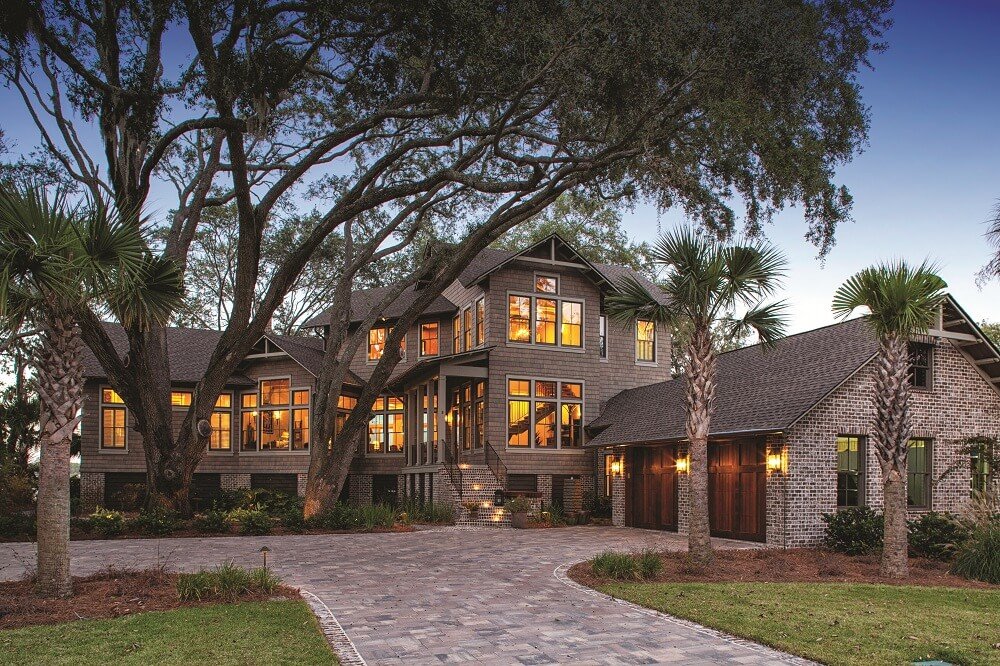Connecting to the Land
Michael and I are writing a book with the working title, Contemporary Southern Vernacular: Sustainable Design for Hot, Humid Climates. We cover the importance of site design both from a sustainability viewpoint and connecting you to nature. The concept was a new one for many of our beta readers. One reader wrote, “Building a house to incorporate the surrounding landscape makes so much sense. I look out my window, and I am saddened that the builder did not position our house to catch a glimpse of the Pike’s Peak Mountain range which is literally a few miles away. All I see out my window are houses. Some of the original landscapes would have been lovely to admire from my gigantic windows. Preserving Mother Nature and keeping it alive in our community, would be a soothing and relaxing sight to awaken to every day.”
“ The site study is the key to understanding how homes optimally relate to the land and create a healing connection to nature.”
Others wrote, “I enjoyed the chapter on ‘Connecting with the Land’. I had never given much thought to a site study and to building a house to adapt to the views, the features of the land around it, and the ways and means of indoors and outdoors coming together.”
“My aha moment was reading about having land and house harmony – making it all belong together and how the connection to nature affects a person’s health and sleep.
The importance of the site was drilled into us by one of Michael’s early mentors the well-known landscape architect, Robert Marvin, FASLA. Robert would wax poetic about how our ancestors lived their lives enveloped in nature and they needed their homes to be cocoons. He believed that modern society had been alienated from nature by technology and that our houses and landscapes need to be built so that we can reconnect to the rhythms of nature.
St. Simons’ Beach Retreat was designed around a 48” diameter live oak with dramatic limbs
By spending time on the site you can observe not only the trees but the location of the limbs. One house we designed was located on a tiny quarter-acre lot in St. Simons Island and it had an enormous 48” diameter live oak. Fortunately, the tree was on the edge of the property. But we still had to work around the tree’s limbs to fit the house on the lot. The solution was to step the house back so that the limbs of the tree could float nicely over the house.
Another project we designed was on a lot considered unbuildable because there were so many large Live Oaks in the middle of the small site. We successfully designed the house to fit between the trees.
As designers, we pride ourselves in working with the land to take advantage of the views and protecting the trees. To accomplish this, we always begin with a detailed site study which is a scaled drawing dedicated to examining the site’s important climate, geographic, historical, legal and infrastructure issues. The site study is the key to understanding how our clients and their homes can optimally relate to the land and create a healing connection to nature.
Contemporary Southern Vernacular: Sustainable Design for Hot, Humid Climates will be published in Spring 2025. To learn more and be notified when it’s possible to pre-order, sign up for our newsletter below!


